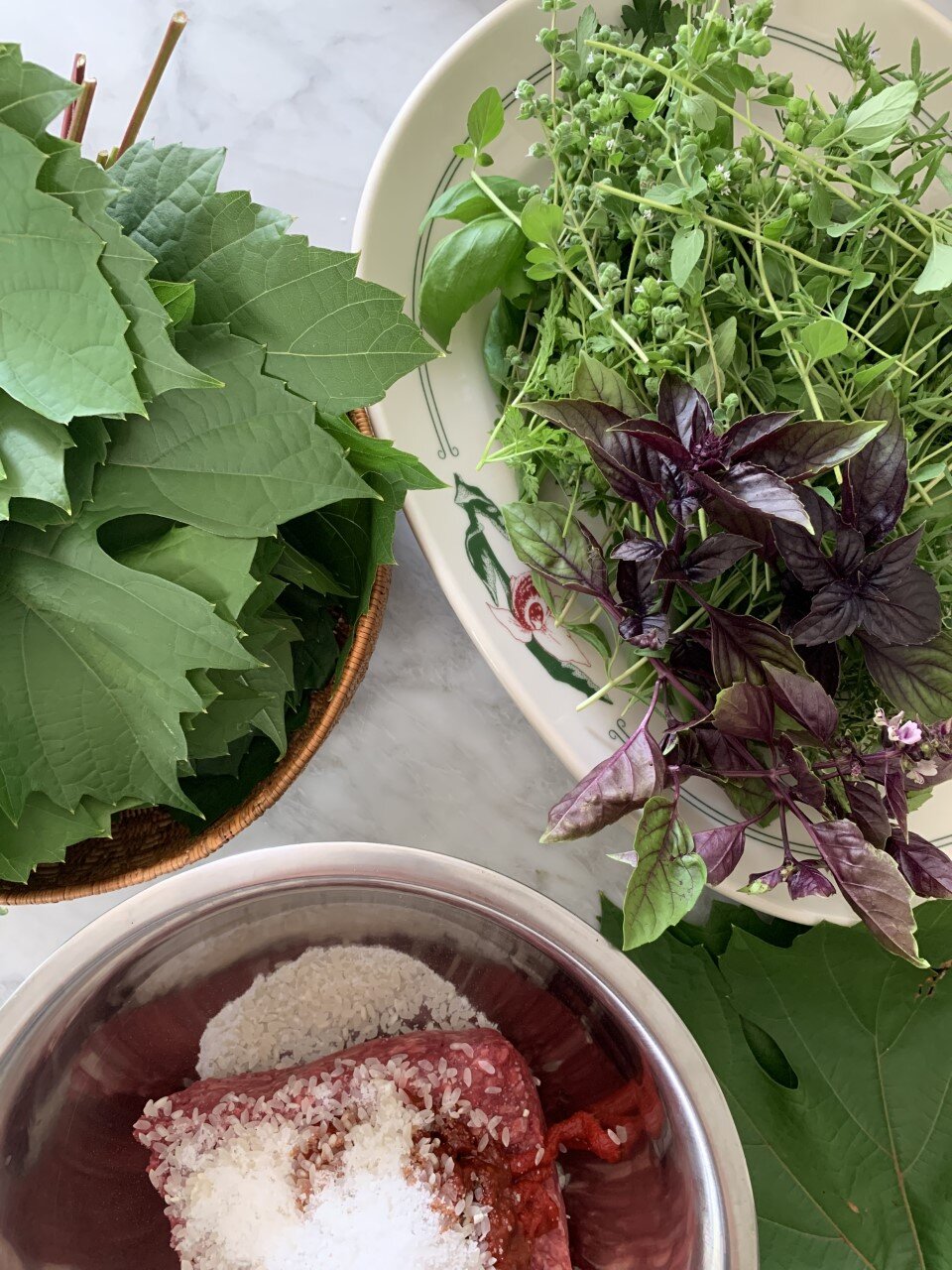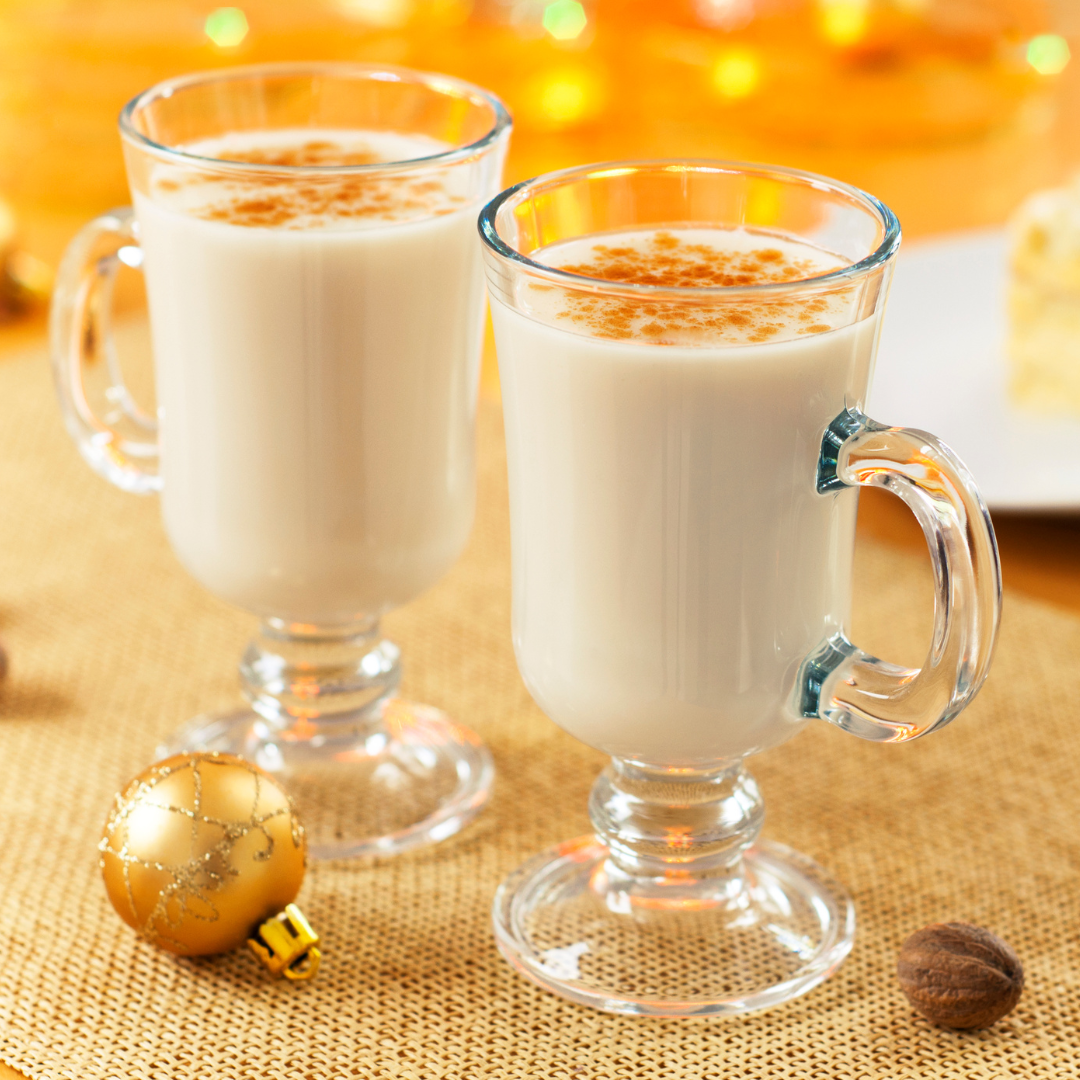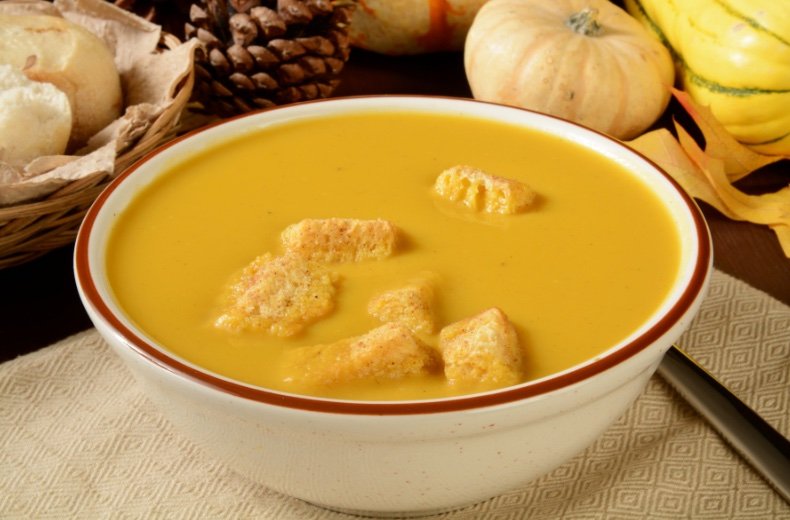Late Summer Farmer's Market: Abundance
/Farmer’s market abundance
Nothing sings of summer more to me than walking the aisles of a farmers’ market. No matter where I am in the world, anyone who knows me knows my not-so-secret passion is to go to the market and check out what’s happening. I love everything about it: the energy, the colors, the people, and most of all the abundance. Oh, glory to see a table heaped with the bounty of late summer, and the seller beaming with pride. Mountains of eggplants, tomatoes, peppers, fresh herbs, fruits, flowers, honey of all kinds just to name a few. I love it all. My market basket quickly becomes heavy, and my brain quickly clicks through what I might want to make or try.
This year I’m thinking about making a yet untested recipe for a tomato chutney once my plant comes into its own in a couple weeks; for now, though, what’s on my mind is Armenian Stuffed Grape Leaves or Summer Dolma.
Gather your ingredients
As a child, my mother always made dolma. Often it was a dish we ate in colder weather, and when I went to visit Armenia, I discovered something new: summer dolma. Armenia has a climate similar to the central valley of California. It’s no wonder that so many immigrants gravitated to that area’s landscape and weather. The abundance in Armenian markets makes our Twin Cities markets look meek by comparison – which is saying something in and of itself because our markets here are truly amazing.
Moving meditation of rolling dolma
The moving meditation of rolling dolma has never been lost on me. When I want to feel comforted, I want to make and eat dolma. Often when my grown daughters return home, they want to make dolma, and we sit in the kitchen together and talk and roll at the same time. This time-honored tradition of making a folded little bundle that explodes with flavor is time- consuming and satisfying. It speaks of tradition, family, community, and culture as do so many recipes from the Old World. I want to write more about my “dumpling ministry” – those musings will have to wait for another time.
I learned how to make summer dolma at the elbow of dear friend Gayane Manukyan, originally from Armenia and now living in Minnesota. She artfully laid out on her counter all the washed herbs and proceeded to chop and mix them into the meat, salting it until the complex bouquet of aromas from the herbs rose to a please her palate. She told me, “Lots of fresh herbs is the secret to the taste.” It’s true. The technique for rolling dolma is always the same no matter the filling.
Jarred grape leaves will do if you don’t have a vine.
Three years ago, I planted a Frontenac grape near my backyard gate. For two years it lingered as a fledgling plant; this year it went wild, engulfing my gate in miles of twisting vines and beautiful tender leaves. While buying a jar of preserved leaves is perfectly acceptable, nothing speaks of summer more than a harvest of fresh grape leaves. You’ll need about 25-30 leaves per pound of meat. In our family I plan for about seven to ten dolma per person.
Summer Dolma (Stuffed Grape Leaves)
Serves 2-4 people
Ingredients:
25- 30 grape leaves*
1 pound good-quality ground beef or lamb
¼ cup arborio rice, uncooked
1 large onion, grated
1 heaping tablespoon tomato paste
1 heaping tablespoon hot pepper paste**
1 small bunch of cilantro – chopped
1 small bunch of Italian flat leaf parsley – chopped
Optional stronger tasting herbs to add according to your own taste: dill, summer savory, basil, marjoram, oregano
1 tsp salt or more to taste
1 tsp pepper
Topping: Plain yogurt and garlic (I like the Fage brand 5% or Total)
*Fresh grape leaves are wonderful, and jarred are good, too. I like the Orlando brand best because the leaves are of similar size, and it has enough leaves to make 2 – 3 pounds of filling. You also can stuff smaller eggplants, tomatoes, zucchini, patty pan squash, or peppers with the same filling with equal success.
**Pepper paste is a jarred product that can be found at most Middle Eastern markets. Ajika in some markets is a combination preparation that is good, too. If you can’t find it, you can use Aleppo pepper or a pinch of cayenne to add some heat. I advise freezing what you don’t use to preserve it after opening. It’s fantastic in Italian dishes, too, to kick up the flavor a notch.
Instructions:
1. Wash the grape leaves and bring a large pot of salted water to boil. Blanch the grape leaves a few at a time in boiling water using tongs or a mesh skimmer – just enough to see them soften and turn from an emerald green to an Army green, usually less than a minute. Drain and set aside.
2. In a large bowl, combine the meat, onion, rice, chopped herbs, tomato and pepper pastes, salt and pepper. Use your hands to incorporate the ingredients into a fragrant evenly distributed mixture.
3. Set up your rolling stations on a clean surface. I like to do this sitting down at my kitchen table. Have a bowl for your grape leaves, a bowl for the filling, and a discard bowl for torn leaves and stems. Each person should have a clean plate or cutting board for their work. Have your cooking pot ready: I like to use a heavy-enameled cast-iron Dutch oven. Just make sure it is about 10 inches wide and 4 inches deep.
4. Line the cooking pot with a few grape leaves. (I use ones that are too big or torn for this job.)
5. Place each grape leaf shiny side down, veins up in front of you, and pinch or cut off the stem. Put about 2 tablespoons of filling shaped a little like a football close to where the stem attached. Fold in either side covering the filling. Then tightly but gently roll the leaf up to the tip and set it in the prepared pan in concentric circles, lining them up so they are next to each other snuggly with the tip of the leaf facing down in the pan. I start at the outside of the pan and work to the center. Repeat with all the remaining leaves and filling. You’ll know if you roll too tightly as the leaf will pop or tear. A dolma that is too loose will unravel or fall apart during cooking.
6. My mom used to squeeze the rolled dolma in her hand just to the point before it popped to make sure they stayed secure.
7. You can make 2 or 3 layers of dolma in a single pot.
8. After you have rolled all your dolma and they are all snuggled together in the pot, place an inverted plate or smaller lid on top of the dolma and add water to just barely cover them and push down. The inverted plate helps keep them from floating and unwrapping during cooking.
9. Bring the pot to a boil and immediately reduce the heat to a gentle simmer for about 45 minutes to 1 hour. You will smell a sensational fragrance when they are done.
10. Remove from the heat and let stand for 15 minutes to cool a bit.
11. While the dolma cool, prepare a yogurt-and-garlic topping.
12. Serve warm with the yogurt and a simple salad prepared with some of the same herbs.
Michele Byfield Angell is a graduate of Green Lotus’ 240-hour teacher training and has traveled with Green Lotus to many far-flung lands. A life-long learner, traveler and collector, her passion for her Armenian heritage shines through in her mission of hospitality and commitment to community.




































